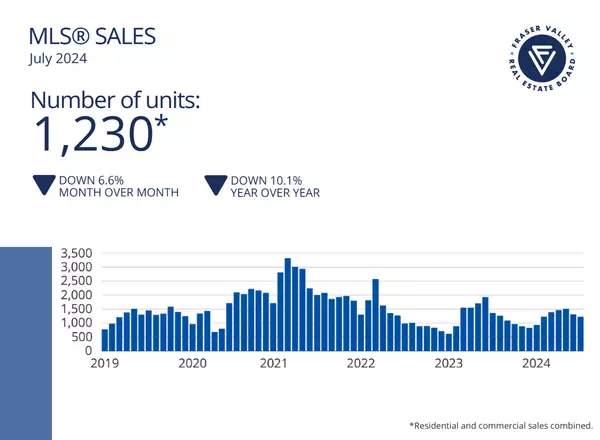In August, inflation in Canada hits the central bank's 2% target.

Canada’s annual inflation rate reached the central bank’s 2% target in August, marking the lowest level since February 2021, according to data released on Tuesday. Core price measures, closely monitored by economists, also dropped to their lowest point in 40 months, with consumer prices falling 0.2% month-over-month, as reported by Statistics Canada.
Reuters' analysts had predicted that the Consumer Price Index (CPI) would decline to 2.1% from July's 2.5% annually, while remaining stable on a monthly basis.
Following the news, the Canadian dollar weakened, dropping 0.2% to C$1.1361 against the U.S. dollar, equivalent to 73.45 U.S. cents.
This easing in inflation was largely driven by decreases in gasoline, telephone services, and clothing and footwear prices, while shelter costs, including mortgage interest and rents, continued to rise, albeit at a slower rate.
Earlier this month, Bank of Canada Governor Tiff Macklem expressed concern over the risk of inflation falling below the target as economic growth remains sluggish. The central bank has already lowered its key interest rate three times consecutively, cutting it by a total of 75 basis points to 4.25%.
Financial markets are now expecting two more 25-basis-point rate cuts in 2024’s final policy meetings, with a 50-basis-point cut now seen as 47.5% likely, up from 46% before the latest data.
CIBC senior economist Andrew Grantham noted in a report that inflation is no longer a major concern and that the Bank of Canada should focus on boosting the economy and addressing rising unemployment. He added that further interest rate cuts totaling 200 basis points could occur by mid-next year.
The Bank of Canada had forecast inflation at 2.6% for this year, falling to 2.4% in 2025 before hitting its 1-3% target range in 2026.
In August, CPI-median, a measure of the middle price change in the CPI basket, slowed to 2.3% from July’s 2.4%, while CPI-trim, which excludes volatile price items, cooled to 2.4% from 2.7%.
Gasoline prices fell 5.1%, and clothing and footwear prices dropped 4.4%, contributing to the inflation decline. However, shelter costs, which make up almost 30% of the CPI basket, rose 5.2% in August, down from 5.7% in July, led by mortgage interest costs and rents. Mortgage interest costs slowed to 18.8% from July’s 21%, while rents increased by 8.9% compared to 8.5%.
Despite the cooling inflation, mortgage interest and rent costs remained the biggest drivers of the CPI increase in August, according to Statistics Canada.
Categories
Recent Posts











